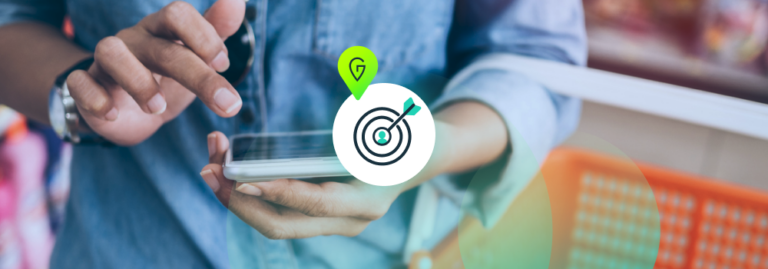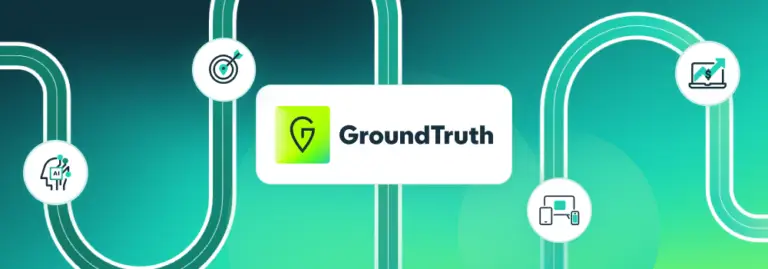Looking for a way to keep your customers interested in and buying from your business? A loyalty campaign might be the answer.
Most people join multiple loyalty programs, which means they’re not necessarily committed to any single one. So, if you want to make sure your business is the one they think of first, you need to take active steps to win them over. That’s where loyalty campaigns come in.
What is a Loyalty Campaign?
A loyalty campaign is a campaign that targets committed or regular customers of your business by offering incentives. It’s related to a loyalty program, which rewards customers for participation with points, discounts, and member-only benefits. There are several reasons why it makes sense for businesses to run loyalty campaigns.
Benefits of Loyalty Campaigns
One of the key business benefits of using loyalty campaigns is reducing the cost of winning business. According to Invesp, attracting new customers costs 5x as much as retaining existing customers.
Why the focus on existing customers? The Invesp research shows that the prospect of selling to a new customer is 5-20%. With existing customers, that likelihood rises to 60-70%.
Not only are existing customers more likely to buy, but they’ll also increase your revenue. Research from Edelman shows that customers who keep supporting your brand over time will spend 67% more than new customers.
Successful loyalty campaigns can also help businesses win new customers. InMoment shows that 75% of loyal customers recommend brands to friends and family. That means you could get sales from people who didn’t start out as loyal customers.
But, no matter how good your existing loyalty program is, there’s a way to make it better, and get even more of those benefits. And the way to do that is with location-based targeting.
Running Loyalty Campaigns with Location Targeting
What’s location targeting? It’s a way to target campaigns to people within a defined area. Location targeting relies on geo-fencing, which defines an area (like a 5 miles radius around your store or the perimeter of a brick-and-mortar retailer), and mobile location technology, which lets you know where people are within that area.
When you use proximity targeting, you can send targeted messages and campaigns to audiences in specific areas who match your criteria. For example, you can let regular shoppers know that you’re running a promotion when they happen to be near your store. This is proven to increase sales, and it’s an excellent way to get more from your loyalty campaigns.
How Loyalty Campaigns Work – Case Studies
Here are a few examples where combining location targeting with loyalty campaigns yielded great results.
- No Kid Hungry used location targeting to reach users likely to visit one of four restaurants participating in their ‘Dine Out’ program. Each restaurant had a promotion that encouraged customers to donate to the campaign in return for a special incentive. The campaign generated 129,000 visits over a one-month period with location targeting contributing to the $1 million raised in donations.
- PetSmart Charities used location technology to attract the attention of potential adopters before, during, and after the quarterly National Pet Adoption weekends. The technology targeted their most loyal customers and resulted in 110,000 visits to stores. There was also a 12% increase in pet adoptions.
- Denny’s used location targeting to reach loyal customers with an interest in quick service restaurants. The campaign targeted people within easy reach of a Denny’s outlet to take part in a Build Your Own Skillet breakfast campaign. Those who saw the campaign were 138% more likely to visit a Denny’s more than once. And 12% of those seeing the ads visited a store within two weeks of the campaign.
More Ways to Retain Customer Loyalty
When you’re considering how to retain customer loyalty, think beyond simply getting people to your store or restaurant. It’s also important to focus on making them want to come back.
GroundTruth’s Value of a Visit report shows that:
- 81% of customers value a quick check out
- 76% of customers want good customer service
- 66% of customers enjoy the self-checkout
Those three factors are a great starting point in making customers happy. Customers also value being able to sample or try products, in-store pickup of online purchases, interactive experiences and entertainment, and in-store events.
These benefits help you create exceptional customer service, and that really pays off both in retaining loyal customers and winning new ones. The Value of a Visit report shows that when they experience exceptional customer service 81% of consumers are likely to “shop at that store again in the future,” while 75% will “recommend the brand or store to friends and family.”
The bottom line – how do you retain customer loyalty? Use location targeting for more effective loyalty campaigns to get customers into your store. Then deliver exceptional service to keep them coming back. That’s how you win with retaining customer loyalty.





